Leaking Toilet
There are several spots where your leaking toilet may be causing trouble and several parts that can cost you money in different ways. Knowing how to check and what to look for can help save you tons of money!
Toilet Tank
The toilet tank is the main compartment behind most toilets that holds water and delivers that water to the toilet bowl when the flush mechanism is engaged.
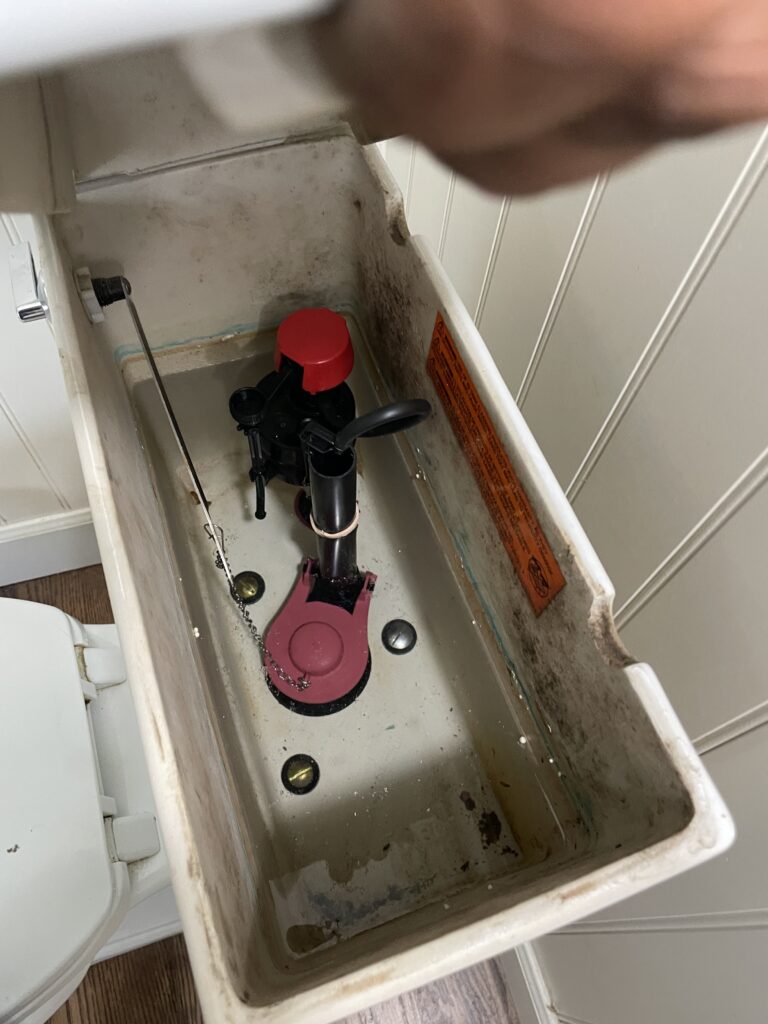
If you have a leaking toilet tank, one cause that’s possible is to have a crack or a micro leak in the porcelain.
Nuts and Bolts
Another common issue causing a leaking toilet tank maybe with the nuts and bolts that secure the tank to the bowl. Over time, these tank-to-bowl bolts may become loose or rusted, leading to a slow leak. Regularly checking these components and tightening them as necessary can prevent water damage and help maintain the overall integrity of your toilet.
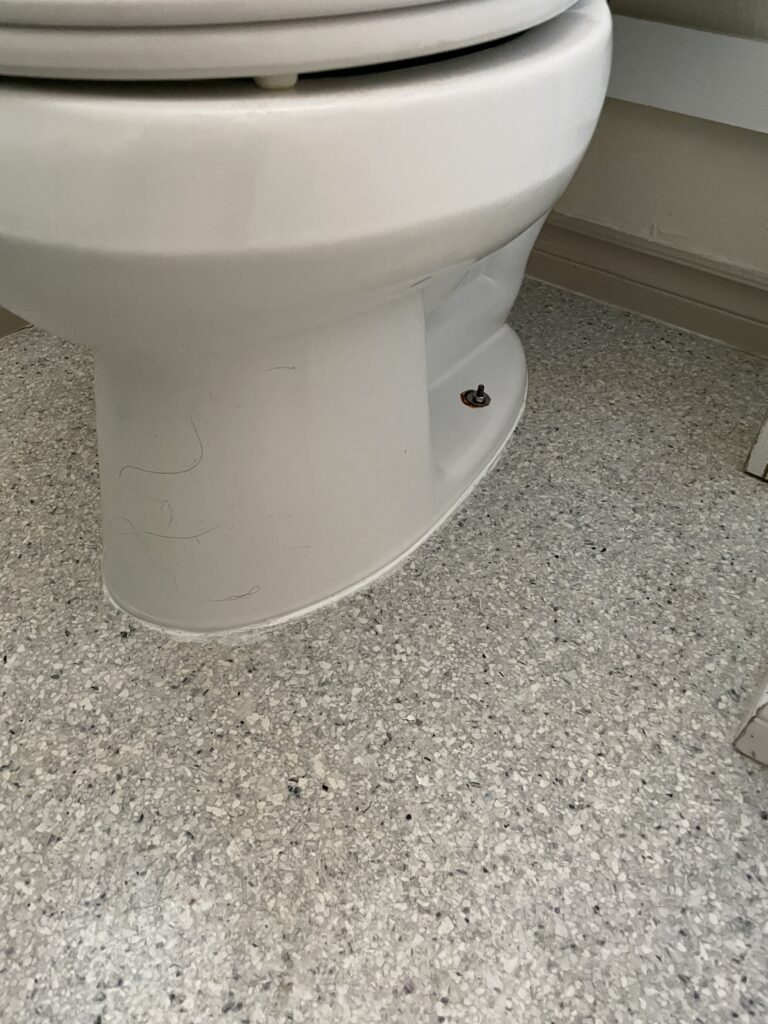
Fill Valve Assembly
The fill valve is what you hear when you flush your toilet and you hear the water fills the tank. This is the most common cause of, ” toilet making noise” complaints.
There are a few places where you can have a leak in the fill valve tube that can be easily diagnosed. Outside the tank, the toilet fill valve connects to the water inlet line and shut-off valve, here the water flow goes through the fill valve. Unless you have a faulty or old fill valve at this point the tank refills and float starts to engage. If it is faulty you’ll have a constantly running toilet, toilet hissing, gurgling noise and or a high water line.
The good news is that a new fill valve is a pretty easy job and definitely something you can DIY in a few minutes and cure a leaking toilet quickly.
Float
The float (sometimes float ball) is the assembly that’s attached to the fill valve and it regulates how much water goes into the tank when it refills after a flush. When the tank has reached its capacity, the float will disengage and turn off the fill valve.
If you find your toilet running after you’ve already flushed it then there may be an issue with the float. If it’s not rising to its proper level and turning off the fill valve then you’ll be left with a running toilet tank.
Flapper
The toilet flapper is a rubber stopper attached to a chain that seals off the bottom of your tank. When you flush, this opens up to let water into the toilet bowl and then closes back. This determines the amount of water that comes through when you flush the toilet. A worn or faulty flapper could lead to a constantly running toilet, ghost flushing, or other common toilet noises.
Over Flow
Another possible source of the leak is the overflow tube. If the water is overflowing from your tank, it may be because the float isn’t working correctly and letting too much water into the tank. This would cause an overflow of water which could come through the flush valve or out of the fill valve.
Having the proper overflow tube height setting is a pretty easy thing to identify and adjust. The water should sit just below the top of your overflow pipe when the tank fills.
Flush Valve (overflow tube)
The flush valve is the pipe that sits at the bottom of your tank and is connected directly to the toilet bowl. This allows water to flow from the tank into the toilet bowl when you flush. If there’s a gap between this assembly and the porcelain, it can cause water to seep out while refilling or even during flushing.
Gasket (flush valve seat)
The last potential cause of a toilet leak is the toilet to bowl gasket. Part of the flush valve assembly, the gasket is what seals your tank to the bowl and keeps water from leaking out between them. If this seal deteriorates or isn’t installed properly, it can let water pass through and eventually lead to a leak.
Fixing these leaks can be tricky so it’s best to call a professional plumber.
Handle
Another common toilet problem is a worn-out handle. This can lead to difficulties flushing the toilet or even complete failure of the handle to work properly. Replacing this part is often the best solution, and it’s usually an easy job for a professional plumber. They’ll be able to remove your old handle and install a new one quickly and easily so you and your toilet can get back to functioning properly
Toilet Bowl
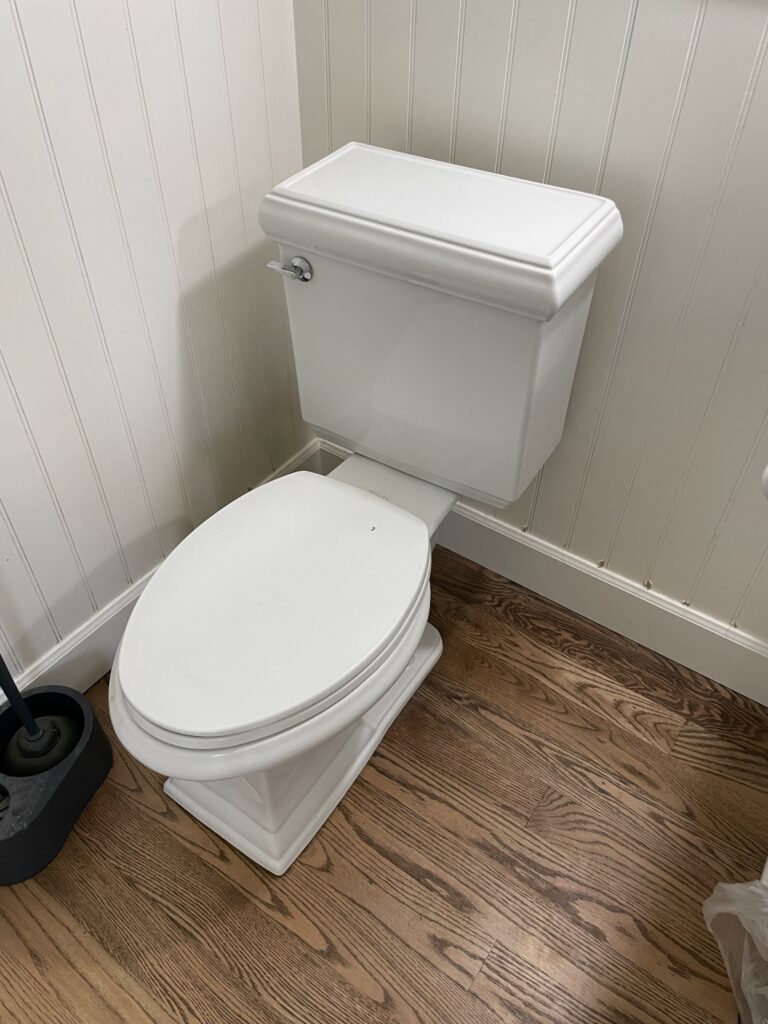
There are very few places for the toilet bowl itself to have a problem and it’s usually pretty noticeable when they do. Things like a cracked toilet lid and damage to the porcelain.
Rim Jet (siphon jet)
Inside the bowl, the rim is lined with openings that allow the water to rush in from the tank once the flush valve assembly has been engaged
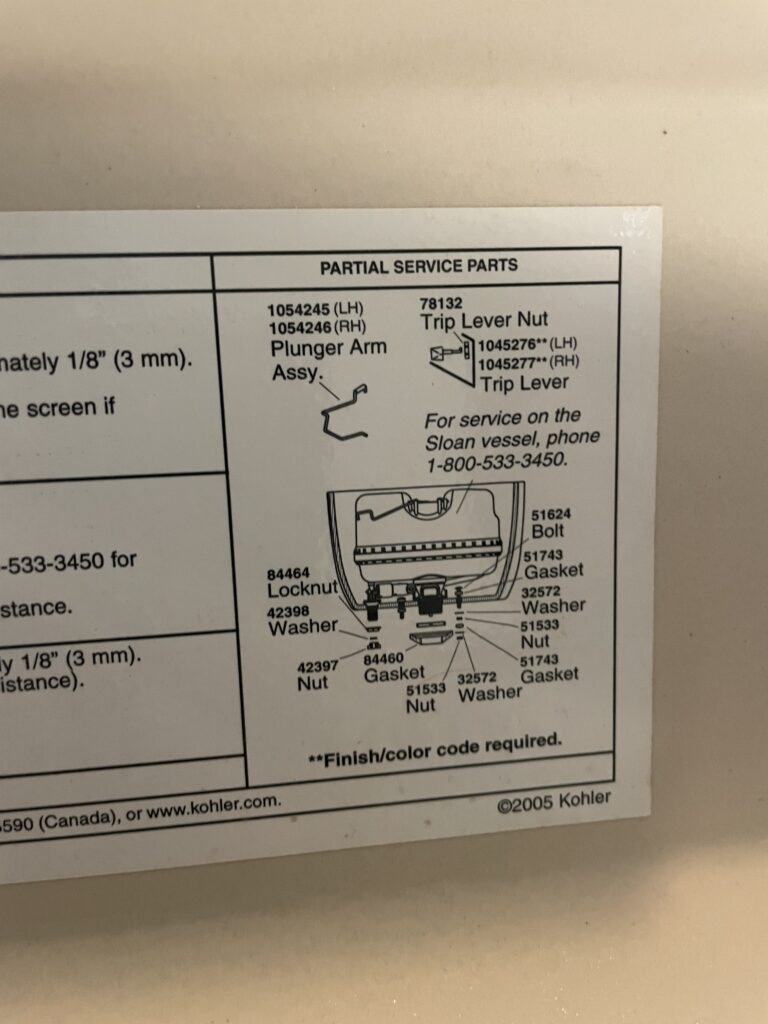
Water Supply Line
The last potential problem with your toilet is the water supply line. This is the pipe that delivers fresh, clean water into your tank. If this pipe or its fittings become cracked, it can leak water and lead to a costly repair bill. Fortunately, these issues are usually pretty easy for plumbers to diagnose and repair.
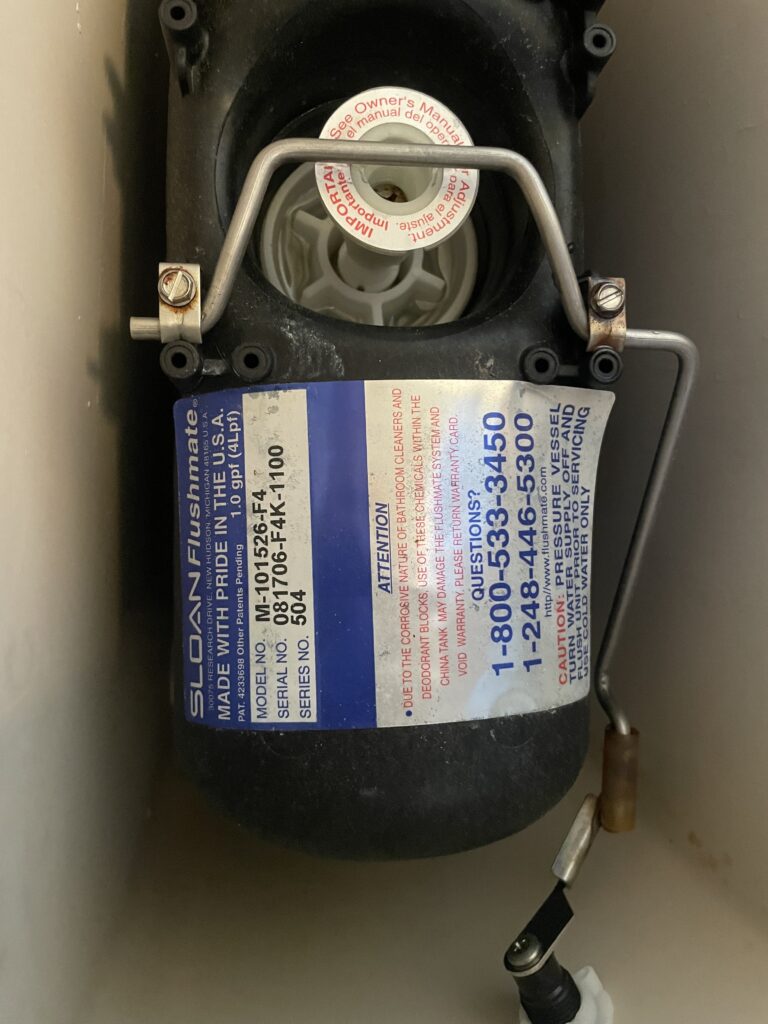
Water connection
Under the tank there is a fitting where your water supply line will connect. This is the bottom threads of your fill valve and if it’s not a secure connection, will leak.
Angle Stop
Also known as an isolation valve this are usually turned off then on by turning them a quarter turn counterclockwise and clockwise. If this valve isn’t open all the way you can have issues with flow or leaks and this is when you would have strange noises in the wall.
Other issues are whistling sound, moaning sound, vibrating sound and a loud noise like squealing.
Under The Toilet Bowl
Sometimes the issue can be more difficult to diagnose and you may need to look under the bowl. Look for any rust, corrosion, or black marks on the bottom of your tank as these could indicate a slow leak. If you find a problem here, it’s best to call a professional plumber as they will have the right tools and know-how to fix the issue.
Wax Ring
The wax ring is the seal between the bowl and the floor. If this seal is damaged or missing, you can have a variety of issues such as slow draining, putting pressure on the tank which could cause it to leak, and even allowing sewer gasses into your home.
Water Closet Flange
This is the connection between your toilet and the floor. It’s important that this connection is secure or it can cause water to leak out from underneath the toilet. If you notice any corrosion, cracking, or other damage to this flange it may be time for a replacement.
If you’re not sure what’s going on with your plumbing, don’t hesitate to call a professional plumber. They can give you an accurate diagnosis and help you fix the issue quickly and safely. With some basic knowledge and the right tools, you can easily fix toilet leaks in no time!
Sewer System
In some cases, the issue may be found in the sewer line and not directly related to the toilet. If you notice a sewage smell coming from your bathroom or an increase in pests like rats or bugs, it’s time to call a plumber as this could indicate a bigger issue with your sewer system.
FAQ
Why does it sound like water is running constantly?
This could be an indication of a leak somewhere in the plumbing system. It could be from the toilet itself, or it could be from another source such as a pipe in a wall or under the floor. If you have this issue, you should call a plumber right away to check for any leaks and repair them quickly.
What causes water to be orange?
Orange-tinted water could be caused by corrosion or rust in the plumbing pipes. This can happen when metal pipes age and begin to corrode, which can give your water a strange color. If you notice this issue, it’s best to call a professional plumber for help as they will have the experience and tools to diagnose and fix any issues with your
Toilet Noises When I Flush the Toilet, how do i stop?
It’s possible that the toilet’s internal mechanisms are worn out or malfunctioning, and could be causing strange noises. This is a common problem in older toilets, so you may need to replace it with a newer model. However, if the issue persists, it’s best to call a professional plumber to come take a look and figure out what the issue is.
Water Bill getting higher, does that mean i have a leak?
A sudden increase in your water bill could be a sign that you have a leak somewhere in your plumbing system. Toilet leaks are often the cause of this issue, so it’s best to check for any signs of leaking such as wet or discolored floors or walls around the toilet. If you do find a leak, you should call a professional plumber.
